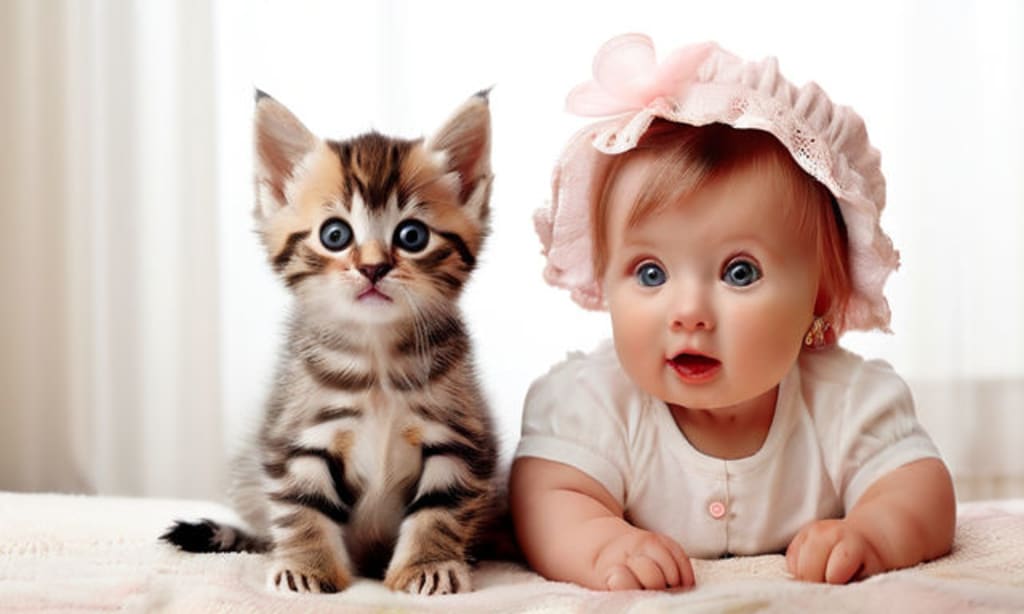
Cats have long captivated us with their mysterious and enigmatic nature. From their graceful movements to their subtle expressions, felines possess a complex language that they use to communicate with both their fellow cats and their human companions. Understanding this language is key to fostering a strong bond and mutual understanding between cats and humans.
To truly understand feline communication, we must first look to the past and explore the evolutionary origins of cat behavior. Cats are descendants of solitary hunters, and their communication methods have evolved to suit their independent nature. In the wild, cats relied on body language, vocalizations, and scent marking to navigate their environment and communicate with other cats.
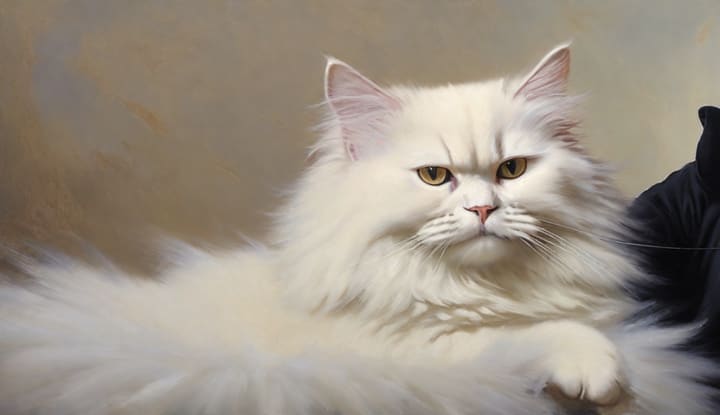
One of the most important aspects of feline communication is body language. Cats are masters of non-verbal communication, using subtle cues to convey their emotions and intentions. By paying attention to their posture, facial expressions, and tail movements, we can gain valuable insights into how cats are feeling. For example, a cat with flattened ears and a swishing tail may be feeling defensive or agitated, while a cat with relaxed posture and half-closed eyes is likely content and at ease.
Purring is perhaps one of the most well-known feline behaviors, yet its meaning is still not fully understood. While purring is often associated with contentment and relaxation, cats also purr when they are in pain, anxious, or seeking comfort. Understanding the context in which a cat purrs is key to interpreting its meaning. For example, a cat may purr while receiving affection from its owner as a sign of happiness and relaxation, but it may also purr when it is injured or stressed as a self-soothing mechanism.

Grooming is another important form of communication among cats. Not only does grooming help cats maintain their hygiene, but it also serves as a social bonding activity. Cats will often groom each other as a sign of affection and camaraderie, reinforcing social bonds within their group. When a cat grooms its human companion, it is a sign of trust and affection, as the cat sees its owner as a member of its social group.
Eye contact plays a crucial role in feline communication. Cats use eye contact to convey a wide range of emotions, from affection and trust to fear and aggression. A slow blink from a cat is often interpreted as a sign of affection and trust, while direct staring can be seen as a threat or challenge. By paying attention to their cat's eye contact cues, owners can better understand their cat's emotional state and respond accordingly.

Meowing is one of the primary ways that cats communicate with their human companions. While cats are capable of producing a wide range of vocalizations, meowing is reserved primarily for communication with humans. Cats may meow to greet their owners, ask for food or attention, or express their emotions. Each cat has its own unique repertoire of meows, and attentive owners can learn to decipher their cat's vocalizations and respond appropriately.
Play is an important aspect of feline communication and bonding. Cats use play as a way to communicate and interact with their owners, as well as to satisfy their natural hunting instincts. By engaging in interactive play with their cats, owners can strengthen their bond and provide important mental and physical stimulation for their feline companions.
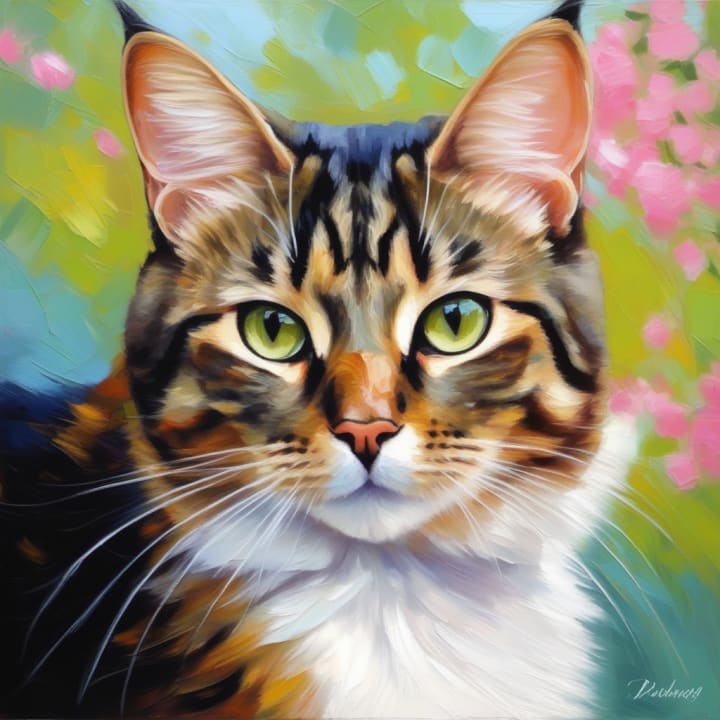
Respecting a cat's boundaries is essential for building trust and maintaining a healthy relationship. Cats are territorial animals and have their own personal space preferences. By observing their cat's body language and behavior, owners can learn to recognize when their cat needs space and when it is open to interaction. Respecting these boundaries fosters trust and ensures that the cat feels safe and secure in its environment.
A cat's sleeping habits can also provide valuable insights into its emotional state. Cats are crepuscular animals, meaning they are most active during dawn and dusk and spend much of the day sleeping. When a cat feels safe and comfortable in its environment, it will often choose to sleep in exposed and vulnerable positions, such as on its back and showing its belly. By creating a safe and comfortable sleeping space for their cat, owners can help their feline companion feel secure and at ease.
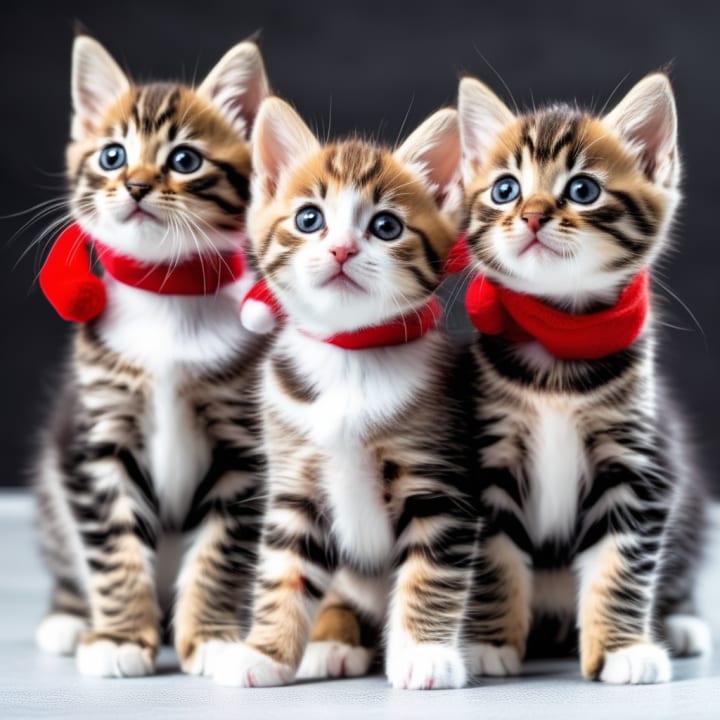
Understanding feline communication is essential for building a strong bond and mutual understanding between cats and humans. By paying attention to their cat's body language, vocalizations, and behavior, owners can gain valuable insights into their cat's emotions and needs. By respecting their cat's boundaries and providing love, care, and attention, owners can foster a deep and meaningful relationship with their feline companions that will last a lifetime.


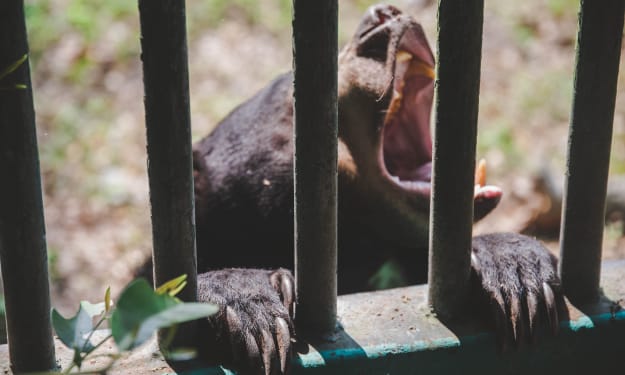



Comments (1)
This is a complete informational article about cats. I know it because I love cats and have owned them my entire life. I hope others who are thinking of becoming first-time owners read this!! How they sleep, the slow blink or stare, switching of tail...great job!!